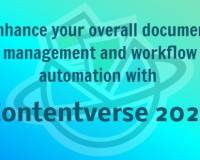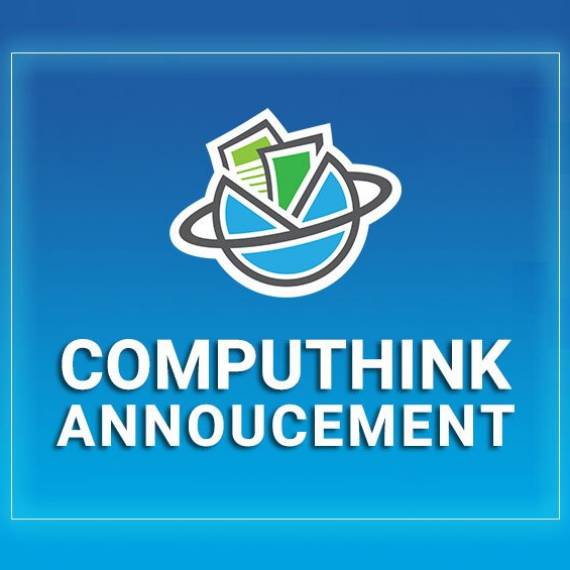Your team’s just won the “Big Game,” and the field is suddenly awash in flying bits of paper in the appropriate colors. A few days later your community’s going to have a celebration and a big parade through downtown, where more paper is thrown. Where did this tradition come from?
Just like rice and flower petals at weddings, there are ancient traditions of throwing grains (and other food items) at times of celebration to encourage bountiful results. During the Roman Empire, sweets were ritually distributed at events, and over the centuries those turned into small brightly-colored candies that would be thrown (much like at Mardi Gras) during parades. The name of these candies was confetti. It was maintained when Milan switched to colorful bits of paper for parades in the early 1800’s and was borrowed by the French when they popularized the practice across Europe by incorporating it as a standard for New Year’s parties.
The idea of showering processions with paper spread quickly to the good old U.S. of A, and soon the “ticker-tape parade” appeared, when stock brokers’ offices in New York would dump their waste tapes from their telegraph stock tickers out the windows as confetti for parades passing below on lower Broadway.
While weddings, parties, and parades are wonderful places for incoming paper, your office is probably not (and that’s not just the opinion of your maintenance staff). First of all, as in the case of ticker-tape, there’s a lot of waste involved with paper. Waste that creeps into the budget in terms of printing, distributing, and dispensing with page after page of information that is often “one and done” for communicating.
Wait. My Company is Wasting Money on Paper?
Yup! Did you know that half of all offices that have moved to digital document management software (such as Contentverse) report a direct positive ROI (that’s RETURN ON INVESTMENT) within the first 12 months, and two-thirds of report a payback within 18 months? This comes from several factors, not only cutting down on the purchase and disposal costs, but significantly in staff time spent on creating filing, transferring, and using paper information.
The Environmental Protection Agency estimates that in the U.S. we consume 70 million tons of paper and paperboard annually, and the average office worker individually contributes to this at a rate of 10,000 sheets of copy paper (about a ton per person) every year. Add to this the constant influx of “snail mail” (with half of companies reporting the volume in the thousands daily), and that’s a LOT of paper.
Of course, the physical costs of paper documents are only one aspect, as the time spent of managing these documents can be staggering. According to one industry report, the average office worker spends in excess of a third of their working hours accessing particular documents, and this has a related result of the typical document being copied many times. Moving to a digital system, where documents are stored in a central repository, and available via smart search technologies, strips away most of these inefficiencies, with many organizations reporting more than 35% improvements in staff productivity by going to electronic filing.
Having documents available in a few clicks also seriously speeds up response times — in a recent study by AIIM respondents estimated that this improves the “speed of response to customers, citizens or staff by a factor of 4.0x,” with some reporting even faster results. Would your business’ bottom line be helped by cutting response times to a quarter of their paper-bound traditional figures?
Interestingly, in that same AIIM report, the ability to have “Better records for audit trail or compliance” even beat out “Faster response and improved productivity” as advantages noted by users of digital document management software. Obviously keeping in line with external regulatory oversight is another way that moving away from paper can help keep things running smoothly.
For many niches in business and government, one of the most attractive features of having document management software is the control that can be exercised over who gets to see what. Document management software gives users page-level assignability for documents, so, for example, a consultant can see the technical details of a project in a document, while not being privy to client or customer specifics. This control also, on the other end, enables documents to be distributed globally, by division, location, work group, or team, as needed.
Additionally, the overall environmental impact of paper should be a consideration, as the processes involved in manufacturing paper produce large amounts of air and water pollution, and the transportation required creates a very heavy carbon footprint, so the more digital your office is, the greener it is (both in environmental and ROI impacts).
So, while incoming paper may be great for parades, weddings, parties, and sports celebrations, it’s certainly something to be avoided as much as possible in the office setting. Like confetti, paper document handling has a long history, but it is one tradition that should be consigned to history.
Take a paperless document management software tour to help bring your organization into a whole new relationship with incoming paper.
About the Author:
















Leave a Comment